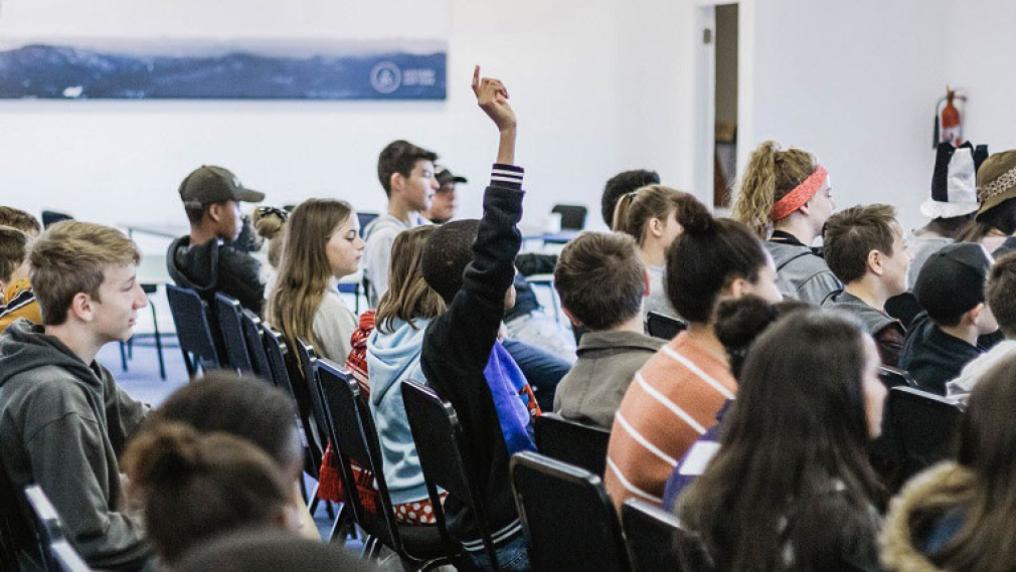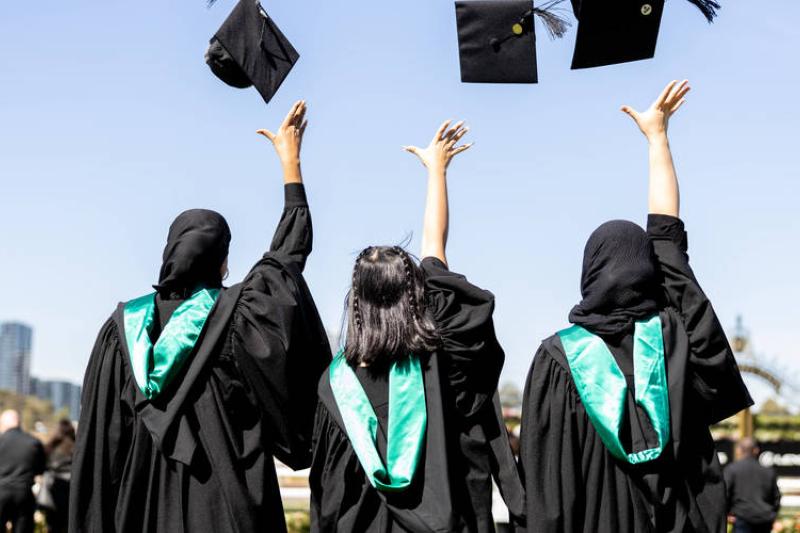Expenditure on education & training in Australia 2015

Previous analysis by the Mitchell Institute has shown a clear separation in Australia’s expenditure on education and training, with spending on schooling and higher education far outstripping spending on vocational education and training.
One year on, this trend has intensified.
Analysis conducted by the Mitchell Institute in 2014 examined Australia’s expenditure on education and training over the last decade. The paper found (PDF, 481.97 KB) that Australian governments had been clearly prioritising their investment in some aspects of education over others - with schools and universities the beneficiaries and vocational education and training (VET) in relative decline.
This divergence also highlighted the absence of an explicit, or even apparent, policy logic or rationale to investment across the education continuum, and across the nation. It appears that, despite our best efforts, our public policy and funding settings across education continue to reflect a piecemeal approach.
This update revisits the data one year on to see what, if anything, has changed.
While spending on schools and universities has risen significantly over the last decade, there has been a much lower rate of growth in VET spending, and now even a decline.
What we found was that the national disinvestment in VET has only intensified, with expenditure dropping significantly in the most recent year. We also found that growth in expenditure on schools and higher education has flattened, although off a much higher base.
To get a more complete picture of spending, this year we have taken a closer look at two other important aspects of the education financing landscape in Australia; in tertiary education - income contingent loans, and in schooling - private contributions to non-government schools.
Our analysis shows that government payments to tertiary education and training providers for income contingent loans have grown rapidly in recent years, rising from $3.3 billion in 2008 to nearly $6 billion in 2013.
We also found considerable growth in private contributions to school education, with non-government school income from private sources increasing by over 20 per cent from 2005 to 2011 to reach $7.9 billion in 2011.
Taken together, these analyses contribute to a more holistic picture of our collective investment in education and training.
In a time when key reforms - such as deregulation of higher education and responsibilities for VET in the federation - are being considered, it’s useful to stop and look at just where our finite resources are being directed, and to consider whether our current investment is well targeted across the three sectors of Australian education.
Summary of key findings
Comparative analysis of expenditure on education across the three sectors shows a continuation of the existing trend – while spending on schools and universities has risen significantly over the last decade, there has been a much lower rate of growth in VET spending, and now even a decline, as the other sectors continue to grow.
Expenditure on higher education has grown the fastest over the eleven years to 2013-14 – growing over 40 per cent.
Expenditure on schooling has grown approximately 25 per cent over the same period.
Expenditure on VET has grown much more slowly, by around 15 per cent until 2012-13, before experiencing a sharp decline in the most recent year. This has left total VET expenditure in 2013-14 only around 5 per cent higher than 2003-4 levels.
In tertiary education new analysis shows the significant growth in HELP payments to VET and higher education providers over the period 2008-2013 – from $3.3 billion to nearly $6 billion over this period. It also shows the extent to which VET FEE-HELP has grown since its introduction in 2009, rising to 12 per cent of all income contingent loan payments to providers in 2013.
There has been a significant increase in private contributions to the non-government school sector in recent years. Total income from private sources increased by over 20 per cent in both the Catholic and independent sectors from 2005 to 2011, to approximately $2.7 billion (Catholic schools) and $5.2 billion (independent schools).



